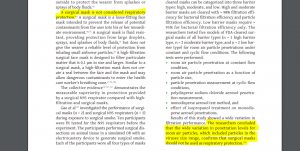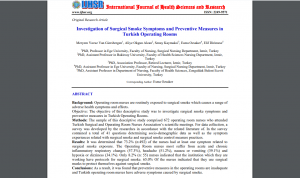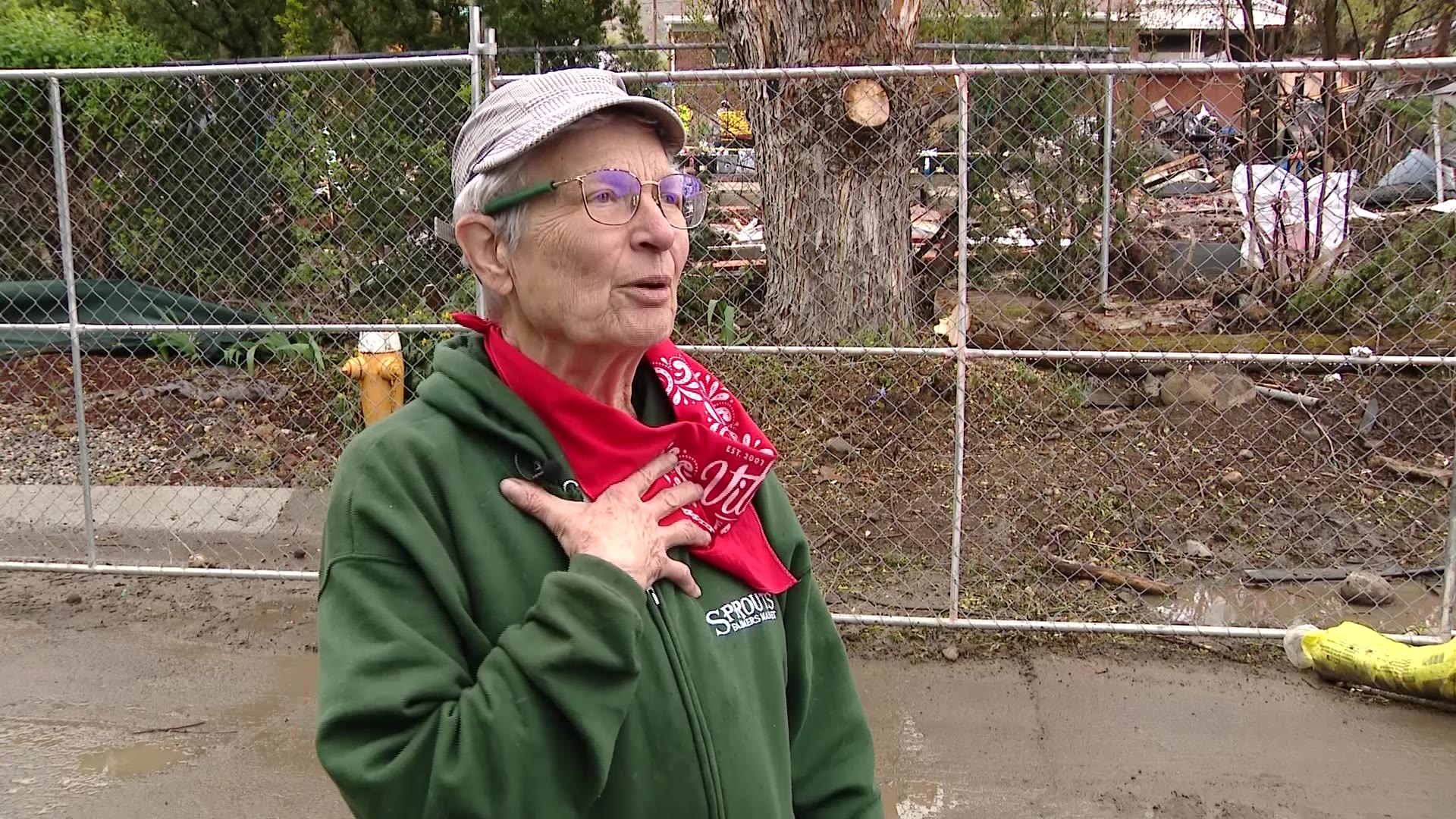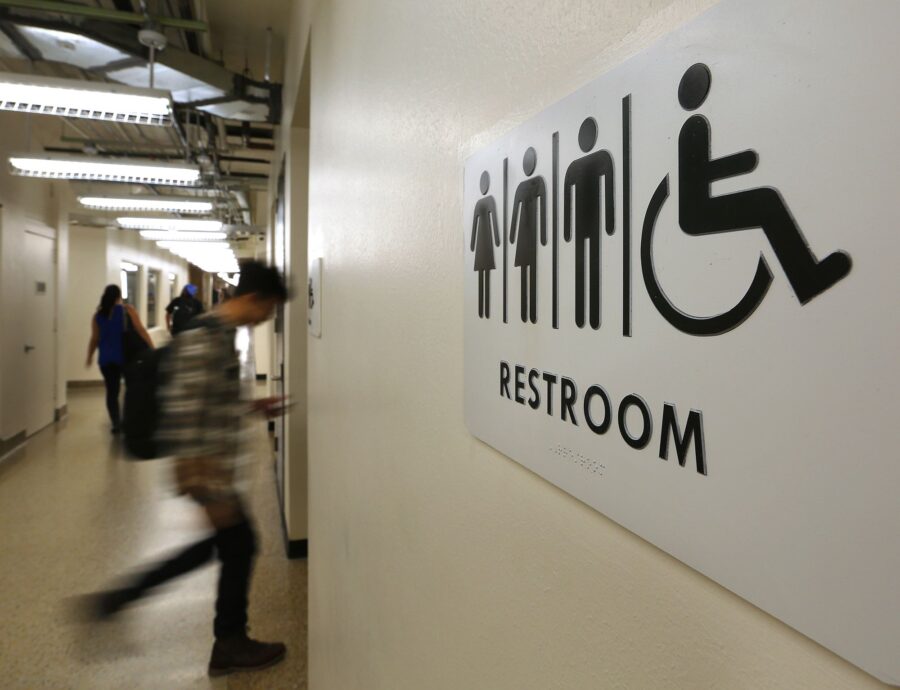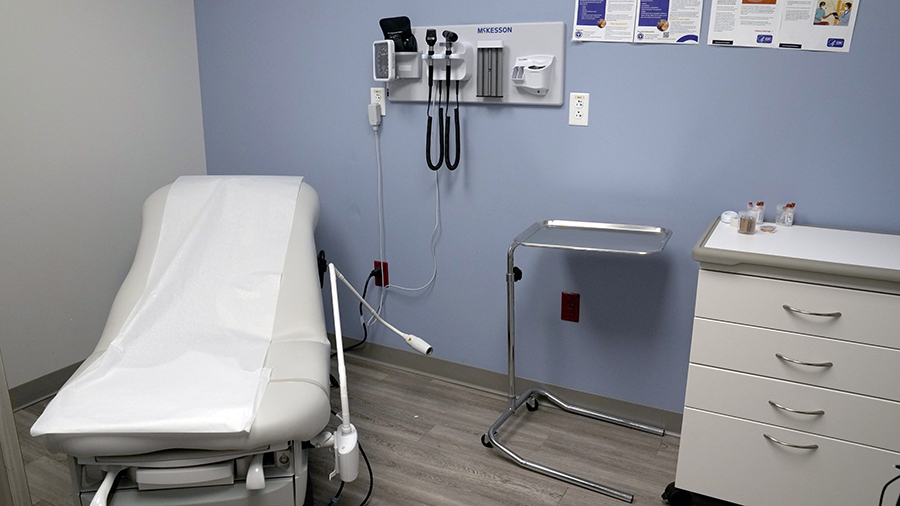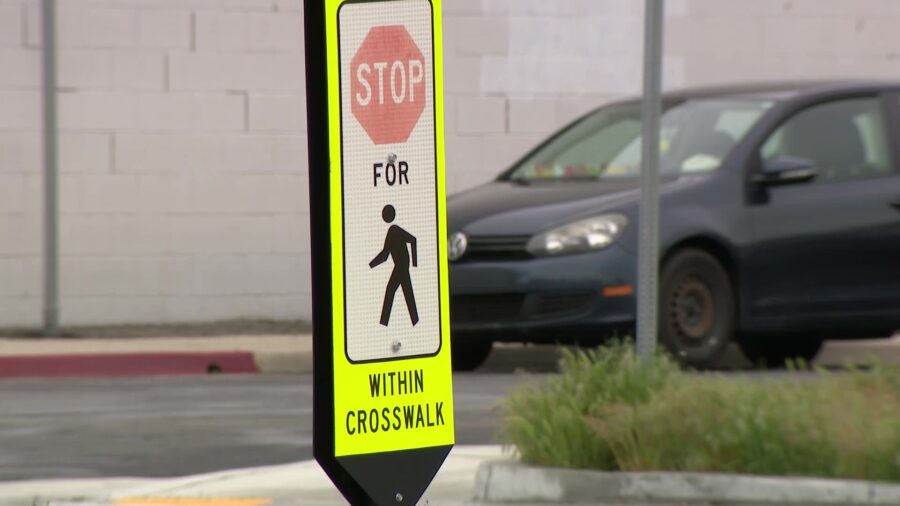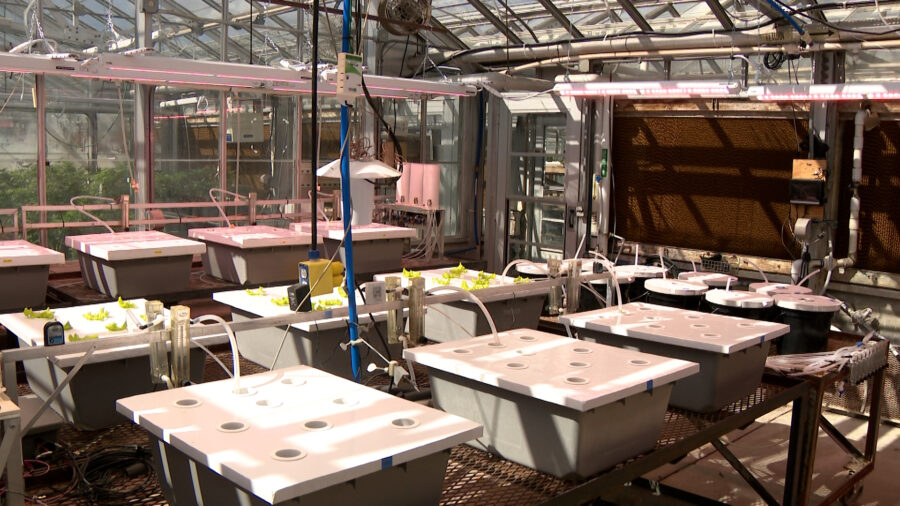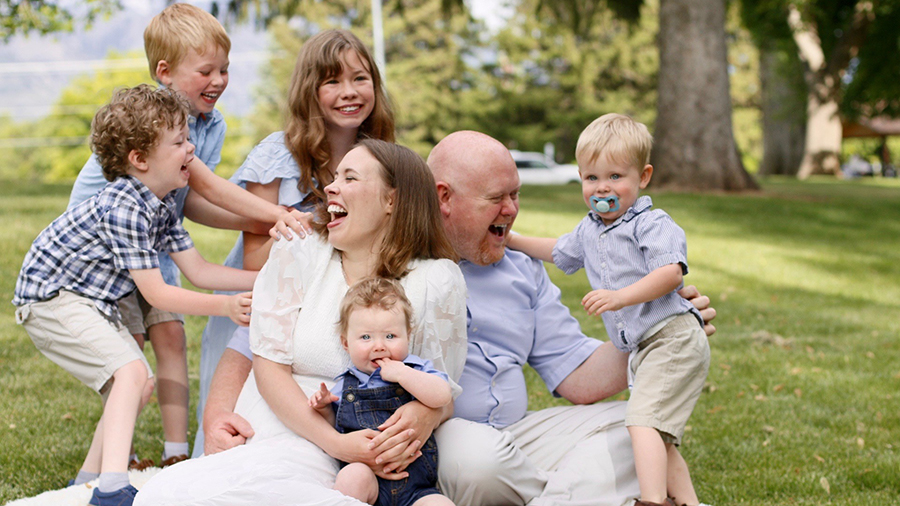Surgical Smoke Generated In Utah Operating Rooms Contains Same Hazards As Cigarette Smoke, Report Says
Mar 12, 2019, 10:14 PM | Updated: Feb 24, 2020, 9:19 pm
SALT LAKE CITY, Utah — We’ve come a long way in limiting cigarette smoke in public places, but half a million health care workers in the U.S. are still exposed to cancer-causing smoke every year, according the Occupational Safety and Health Administration, or OSHA.
We’re all familiar with the “Mad Men” era of smoke-filled rooms, but this isn’t the 1960s. It’s what many operating rooms look like today. Surgical plumes are similar to cigarette smoke, and have the same dangers.
“What we just burned right there, basically, I just smoked two cigarettes,” said Lisa Young, an operating room nurse with Shriners Hospitals for Children, Salt Lake City.
Several tools used in the O.R. like electrosurgery units and lasers, produce smoke.
“You feel like you’re in an airport lounge,” said Young.
Young has been an operating room nurse for 30 years.
“These masks don’t even begin to protect us,” she said.
That’s backed up by an industry report by the Association of Peri-Operative Nurses or AORN.
“Everyone in the operating room is breathing this smoke continuously,” she said.
And patients are exposed to it, too.
Maria Coggins, R.N., Shriners Hospitals for Children in Salt Lake City, said, “I would have irritated eyes and that underlying cough sometimes that you didn’t know what it was.”
U.S. research agencies, including the National Institute for Occupational Safety and Health
(NIOSH), have recommended surgical smoke evacuation for more than 20 years.
Rhode Island is the first state to pass legislation requiring hospitals and surgery centers to use evacuations systems. Progress in Utah has been slow.
KSL looked at all 46 hospitals in Utah. Our research shows only one, Shriners Hospitals for Children-Salt Lake City, is 100 percent smoke-free in the operating room, earning the Gold Level Standard of the Association of Peri-Operative Nurses.
A nurse in Denver started a national movement for change.
“I worked in the O.R. for about 25 years,” said Lisa Spruce, Director, Evidence-based Perioperative Practice, AORN.
She suffered chronic sinus infections from her years spent in the O.R. She is concerned about the health of operating room nurses who are exposed to surgical smoke.
“Sometimes, our surgeons are only in there for part of the time, one or two days a week, but our nurses are in there every day, 8 to 10 hours a day,” Spruce said.
A study published in the International Journal of health Sciences and Research confirms the risk, finding three out of four nurses have at least one symptom from surgical smoke, commonly “acute and chronic breathing problems, headaches, nausea and vomiting.” (See abstract of attached “Turkish Study.”)
“It is scary,” said Kristen Carroll, M.D., Chief of Staff, Shriners Hospitals for Children- Salt Lake City.
Surgical smoke also carries blood-born particles, bacteria and viruses, even the human papilloma virus, or HPG, which could cause significant risks.
“Throat cancer, nasal cancers,” said Steve Grant, Surgical Services Nurse, Shriners Hospitals for Children- Salt Lake City.
A case report in the Journal of Otolaryngology-Head & Neck Surgery, 2013, found HPV positive tonsillar cancer in two laser surgeons.
Carroll said, “Certainly, there are instances of physicians who have never smoked who have throat cancer or lung cancer and it’s difficult to explain those things without some smoke exposure.”
Young describes it as “terrifying.”
The technology to remove surgical smoke safety has recently gotten better and more user-friendly.
A traditional electrocautery pencil is called a “Bovie.”
Young demonstrated how it works on beef, and how it quickly fills the operating room with smoke.
“This goes on continuously eight, 10, to 12 hours a day in an operating room,” she said. “It doesn’t clear from your system, so every bit just keeps adding on and on.”
Young demonstrated the same procedure using the new electrocautery pencils that have a tube attached that suctions the smoke away safely and immediately.
So why aren’t all hospitals using the new technology?
Carroll said, “We’re all so accustomed to doing surgery in a certain way that we don’t think of some of the perils involved.”
She said the pencil feels different and many surgeons are reluctant to change.
“When I work in a hospital without the smoke being taken off by the special equipment, you really notice a difference,” she said.
Carroll used to have headaches that may have been associated with the smoke that have now gone away.
For Carroll, and for Young, the change is just common sense.
“I’ve seen personally how much better we’ve all felt by having the smoke out of our systems,” Young said.
We reached out to the three largest hospital systems in Utah.
Mountainstar said they’re in active discussions with technology companies to better eliminate the risks. Intermountain said it uses smoke evacuation and respiratory filtration during certain cases but wouldn’t give details. UofU Health said it uses the new tool in outpatient O.R.s but not in the main hospital, unless it’s an infectious case.
The following is a list of all 46 hospitals and where they stand on surgical smoke evacuation in operating rooms.
MountainStar Hospitals:
- Brigham City Community Hospital
- Cache Valley Hospital
- Lakeview Hospital
- Lone Peak Hospital
- Mountain View Hospital
- Ogden Regional Hospital
- St. Mark’s Hospital
- Timpanogos Hospital
“During recent years, we’ve taken steps to safeguard the environment in our operating rooms through the use of devices like integrated smoke evacuators. We are currently working to identify an advanced solution for eliminating potential risks associated with surgical smoke at MountainStar hospitals. At this point, that initiative involves active discussions with medical technology companies,” a MountainStar spokesperson told KSL TV.
Intermountain Hospitals:
- Alta View Hospital
- American Fork Hospital
- Bear River Hospital
- Cedar City Hospital
- Delta Community Hospital
- Dixie Regional Hospital
- Fillmore Community Hospital
- Garfield Memorial Hospital
- Heber Valley Hospital
- Intermountain Medical Center
- LDS Hospital
- Logan Regional Hospital
- McKay-Dee Hospital
- Orem Community Hospital
- Park City Medical Center
- Primary Children’s Hospital
- Sanpete Valley Hospital
- Sevier Valley Hospital
- Utah Valley Hospital
An Intermountain spokesperson told KSL TV, “To address smoke that sometimes may be produced during a surgical procedure, all Intermountain hospitals use smoke evacuation methods, as well as respiratory filtration during certain cases. It’s important to note that the majority of surgical procedures produce little to no smoke. We continue to monitor this issue to ensure the highest levels of safety in our facilities.”
- UofU Health A nurse manager said they’ve started using the Bovie with the smoke evacuator attached at the outpatient operating rooms, but aren’t using it in the main hospital unless it’s an infectious case.
Steward Family Hospitals:
- Jordan Valley Medical Center- Phone calls went unreturned
- Mountain Point Medical Center- Phone calls went unreturned
- Salt Lake Regional Medical Center
Independent Hospitals:
- Ashley Regional- The hospital has a smoke evacuation system, including the Bovie pencil with the tube attached. But it’s used at the discretion of the physician.
- Beaver Valley Hospital- Phone calls went unreturned
- Blue Mountain Hospital- Phone calls went unreturned
- Castleview Hospital-Phone calls went unreturned
- Central Valley Medical Center- Phone calls went unreturned
- Davis Hospital- Phone calls went unreturned
- Gunnison Valley Hospital- Phone calls went unreturned
- Huntsman Cancer Hospital- “Smoke evacuation from operating rooms at Huntsman Cancer Institute (HCI) is at the discretion of the surgeon. Air is circulated constantly in HCI operating rooms, and the entire volume of air is changed over and filtered every 20 to 30 minutes.” HCI spokesperson
- Kane County Hospital- Phone calls went unreturned
- Moab Regional Hospital-Phone calls went unreturned
- Mountain West Medical Center- The hospital has a technician standing next to the surgeon in every case who uses suction to remove fluids and also smoke so the surgeon can see. They don’t use a Zip pen or a Bovie with the tube attached because it ads expense, and they don’t believe it’s necessary, according to Jeff Beazer, director of surgical services.
- San Juan Hospital- Phone calls went unreturned
- Shriners Hospitals for Children- Salt Lake City- All the hospital operating rooms are 100 percent smoke free, according to a hospital spokesperson.
- VA Salt Lake City Health Care System — A hospital spokesperson told KSL the following: “We try to limit the amount of smoke by using the suction close to the point where the surgical smoke is being produced to cut down on the amount. We do have a product called a Zip pen. This is basically a Bovie pen that has a tube connected to it and then it is plugged into the suction machine. The issue some of the surgeons have with this is that sometimes (depending on the surgery) this type of pen is cumbersome.”
KSL TV’s Emiley Dewey contributed to the report.

